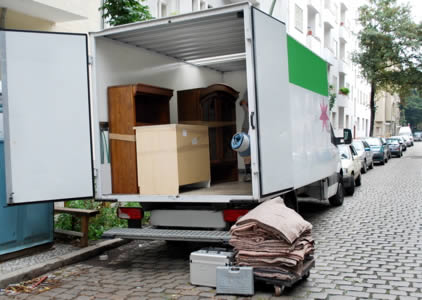

The Pack contains associated resources for the learning experience, typically in the form of articles and videos. There is a teacher Pack (with only teacher information) and a student Pack (which contains only student information). As a teacher, you can toggle between both to see everything.
Here are the teacher pack items for The Geography of the Early Colonies:


Overview In this experience, students learn the locations of the Spanish, French, British, and Dutch colonies in the seventeenth century. Then they explore how the geography affected each group of colonies. Finally, they consider what factors they would weigh if they were to settle in a new colony. Objective:
You have learned about the motivations that led the European explorers to go on their expeditions. Once the vastness and resources of the Americas became known back in Europe, there were tradesmen and colonists who wanted to go settle the land. What did they find when they arrived? In this experience, you will examine the four largest colonial powers in what was to become the United States, and you will learn about the geography of each colony.
Objective:

In the word cloud, list one or more reasons that people might move to your town. Use a word or short phrase, like this: apples, citrus fruit.
In the word cloud, list one or more things you might look for when deciding where to settle.
Answers might reflect the geography of the location, such as moderate climate, good soil, access to water, trees, and other natural resources. They may also mention friendly tribes of Native Americans.
